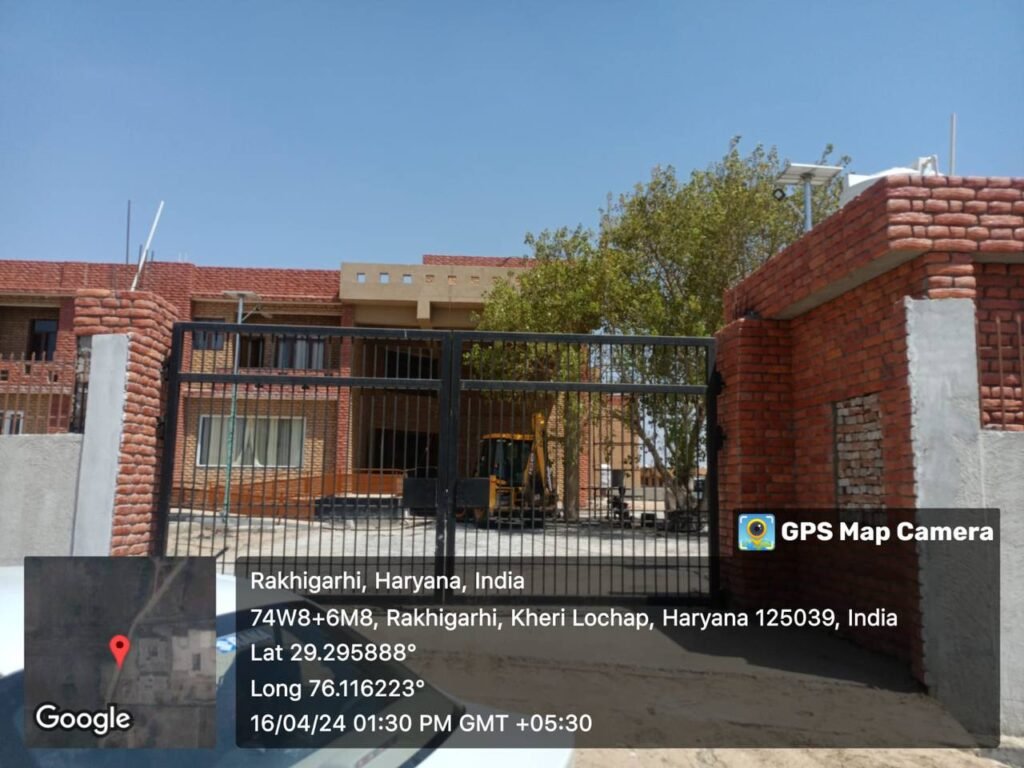Excursion and Field Trip to Pre-Harappan and Harappan Sites of Kunal, Bhirrana, Banawali & Rakhigarhi (Haryana)
Team Celestial Earth for- “Prehistoric-Harappan to Modern Civilization Study” embarked on the field trip to Rakhigarhi and surrounding Harappan civilization and settlement remains on 15th and 16th April. This field trip was part of our sustainable climate-friendly city planning research with learning objectives from the advanced urban planning, architecture, and social organization of Harappan Civilizations.
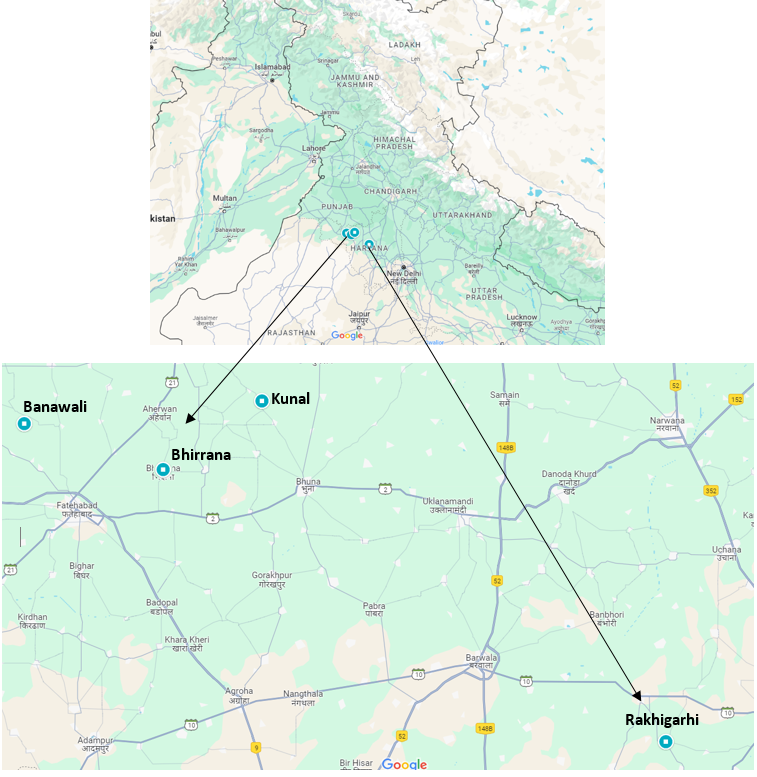
In a quest to unravel the mysteries of the past and draw inspiration for the future, Team Celestial Earth for- “Prehistoric-Harappan to Modern Civilization Study” embarked on a transformative field trip to Rakhigarhi and surrounding Harappan civilization sites on the 15th and 16th of April, 2024. Our team leader was TCE’s Founder CEO, Dr. Tania Bhattacharya.
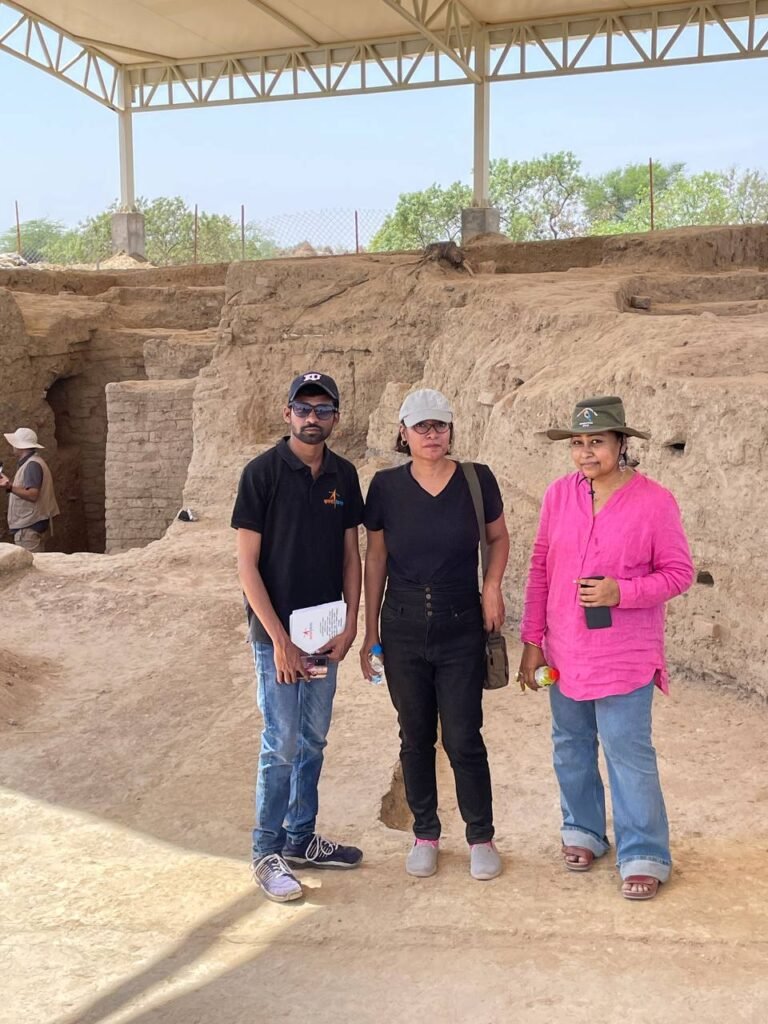
Under the expert guidance of Dr. Banani Bhattacharya, Deputy Director of Haryana Archaeology & Museum, and her assistant Ajit Singh, our expedition delved into the rich tapestry of the Harappan civilization to understand its relevance to our current research on sustainable city planning in the Delhi NCR region.
Our journey began at Kunal, where we were greeted by a treasure trove of ancient artefacts, including pottery, tools, jewellery, and animal bones, offering glimpses into pre-Harappan and Harappan lifestyles. At Bhirrana and Banawali, we marvelled at well-preserved remnants of the past, such as artefacts and a well from the Mature Harappan period.
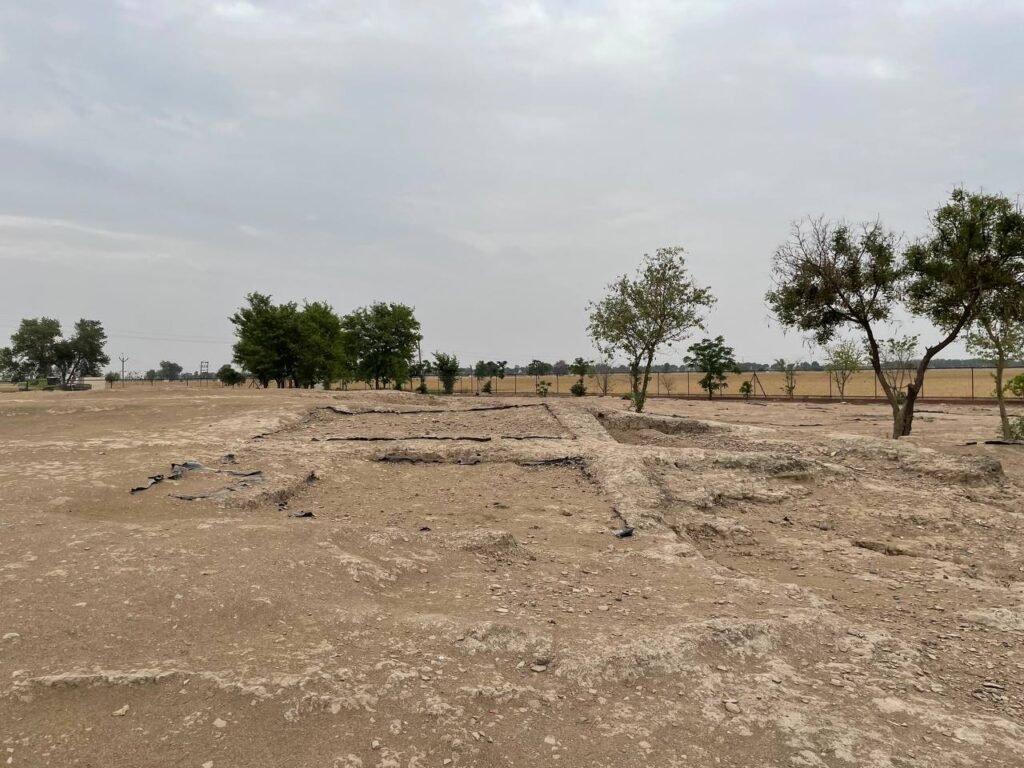


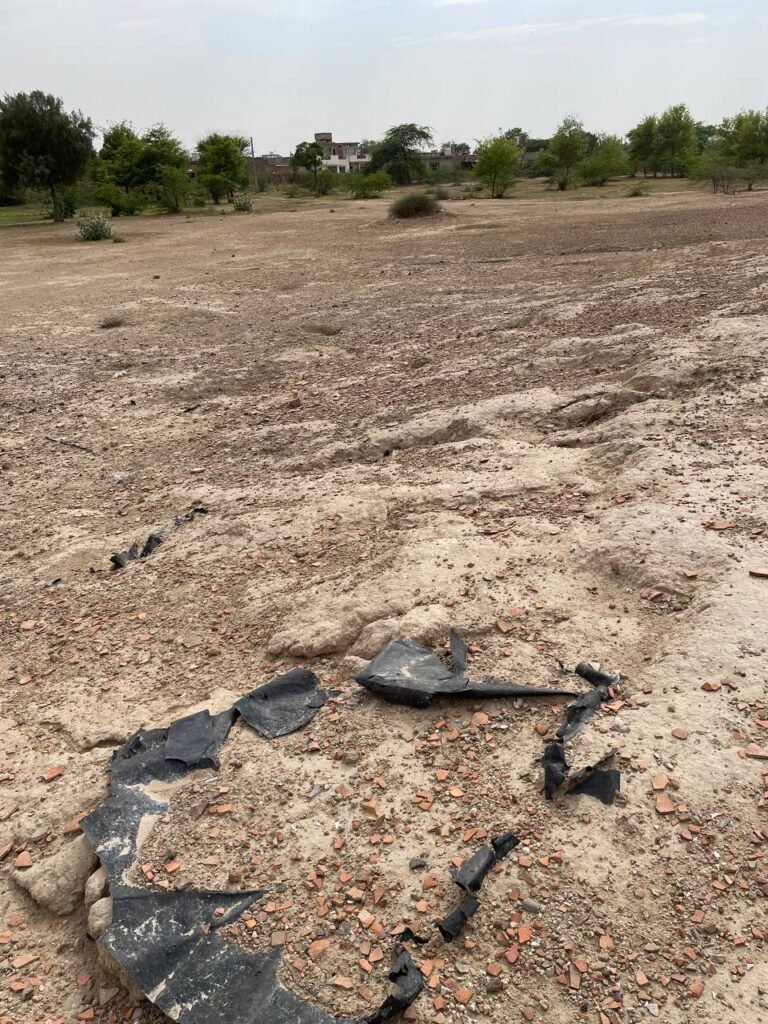
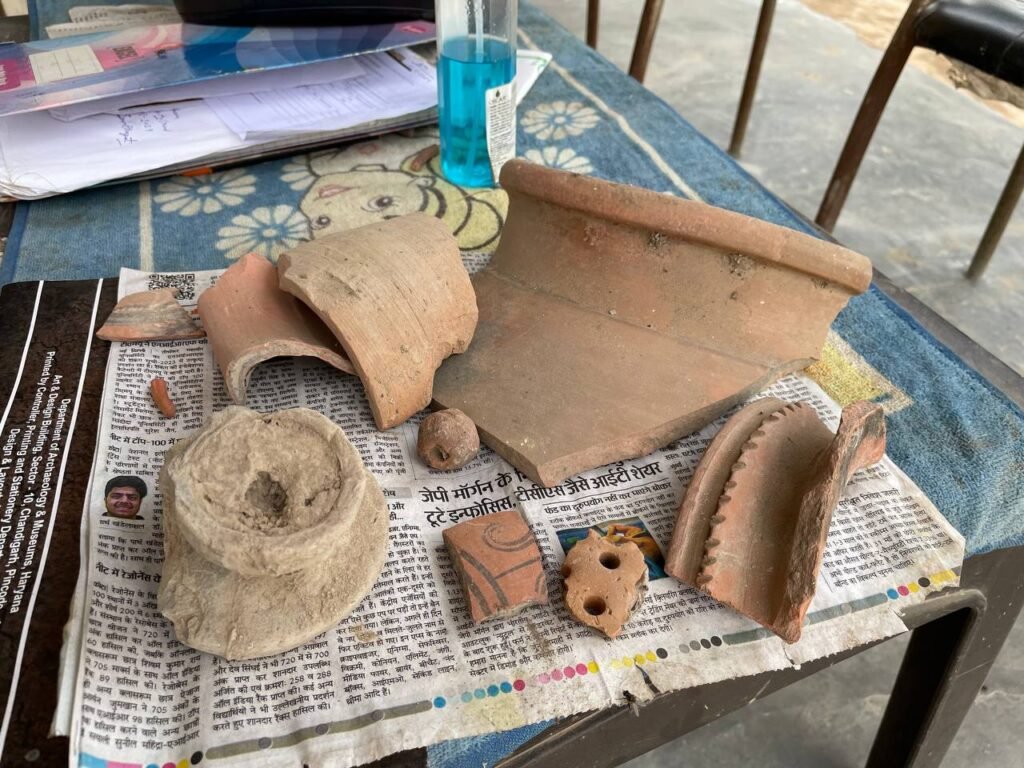

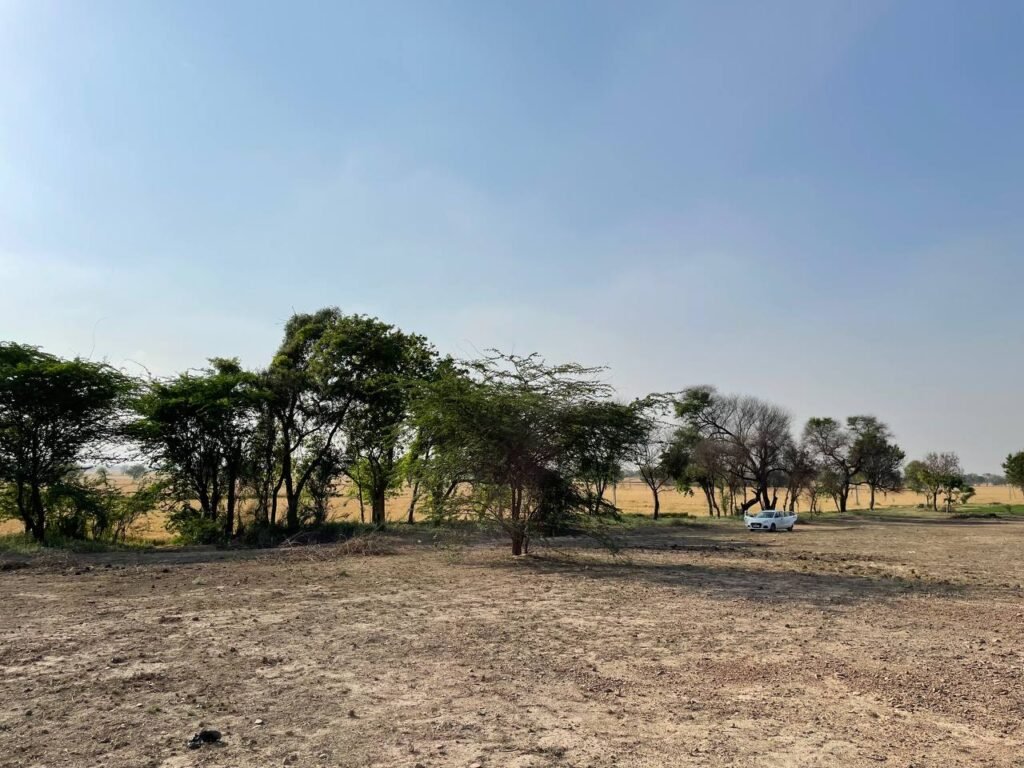
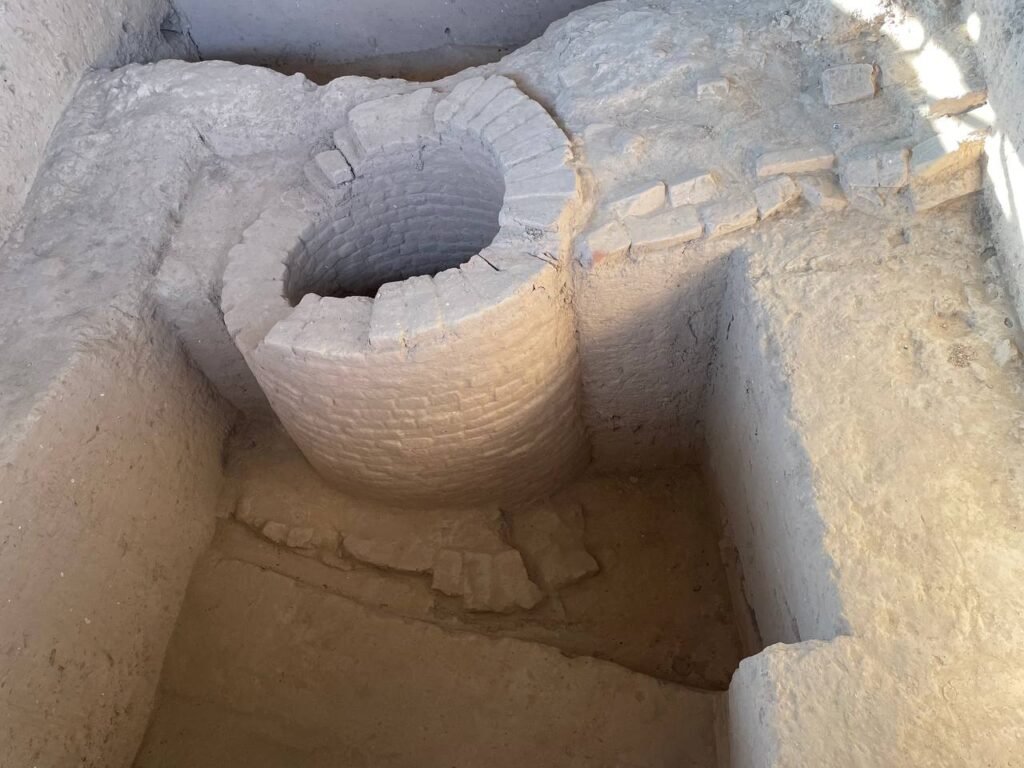
Our stay at the Rakhigarhi Resort and Farm, meticulously designed in the image of an ancient Harappan town, was a unique experience. Guided by the knowledgeable archaeologist Bishwa Prakash Mishra from the Astitva Foundation, we delved deeper into the secrets of Rakhigarhi, learning about its archaeological significance and relevance to contemporary urban planning.


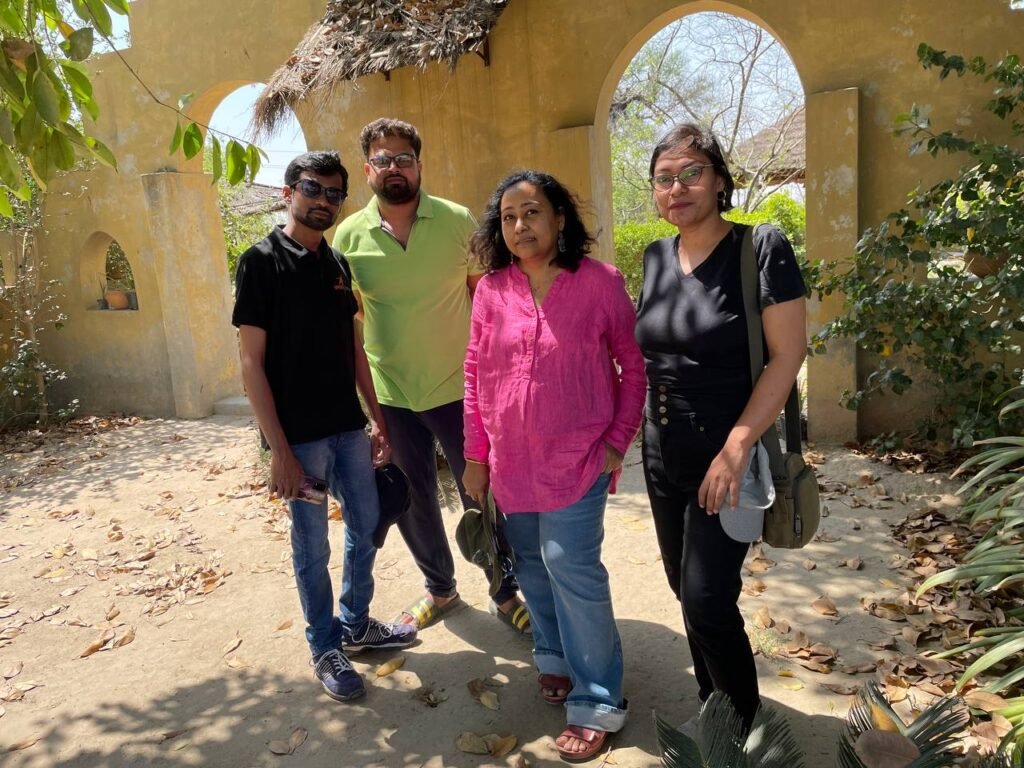
The following day (16 April), We were enriched by the guidance and knowledge sharing from Dr. Sanjay Manjul, Joint Director General of the Archaeological Survey of India (ASI), who is one of the most knowledgeable archaeologist of the present time. He generously shared his insights on the interplay between climate, ancient civilizations, and modern city planning.
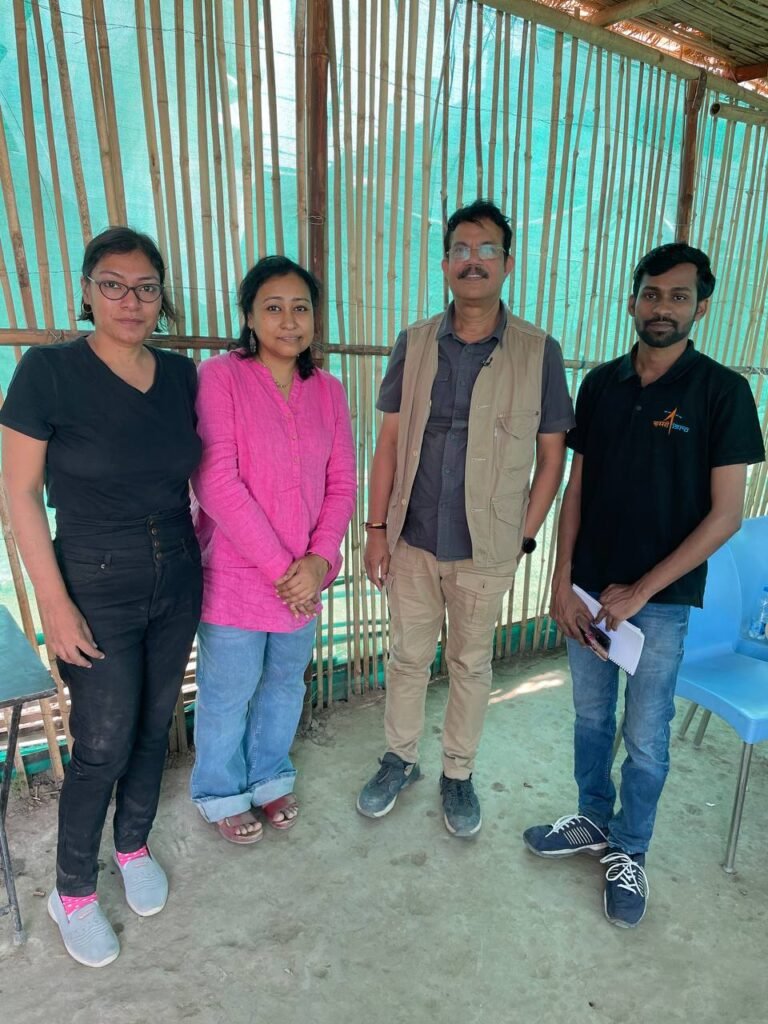
As we explored Rakhigarhi (which is the largest Harappan civilization site in the world, so far) Mounds 1, 3, 4, and 7, including the iconic Parrot wall and burial grounds, we were humbled by the enduring legacy of the Harappan civilization and its remarkable urban planning techniques. Dr. Manjul’s expertise and willingness to engage with our team further enriched our understanding of the intricate connections between past and present.


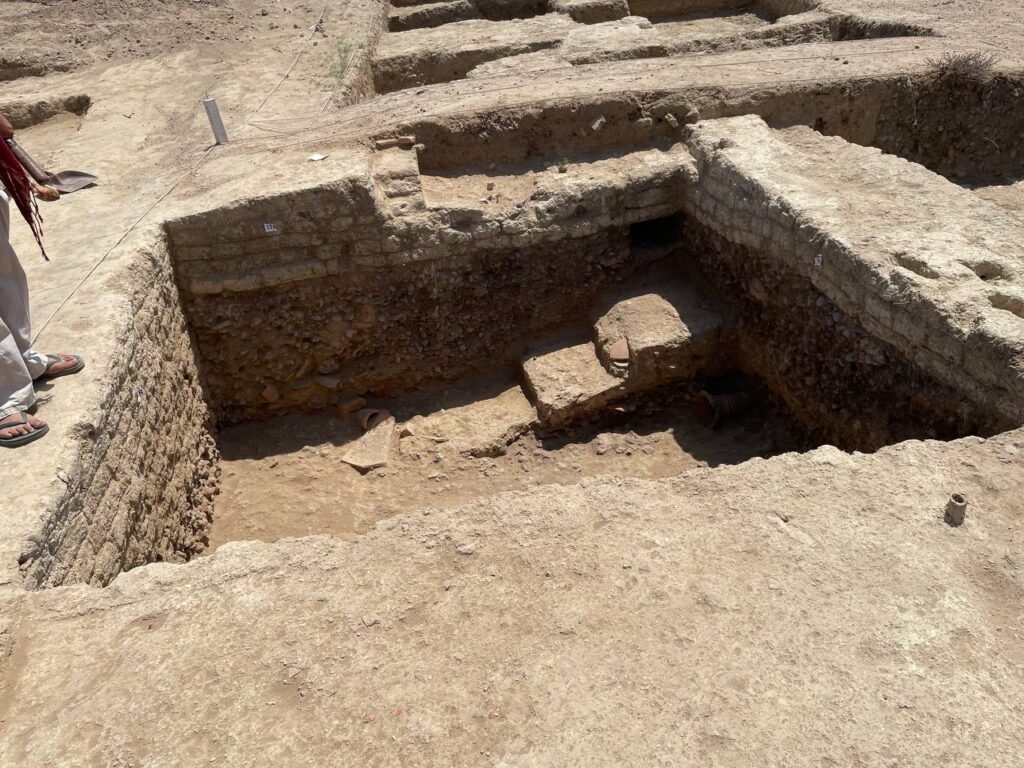
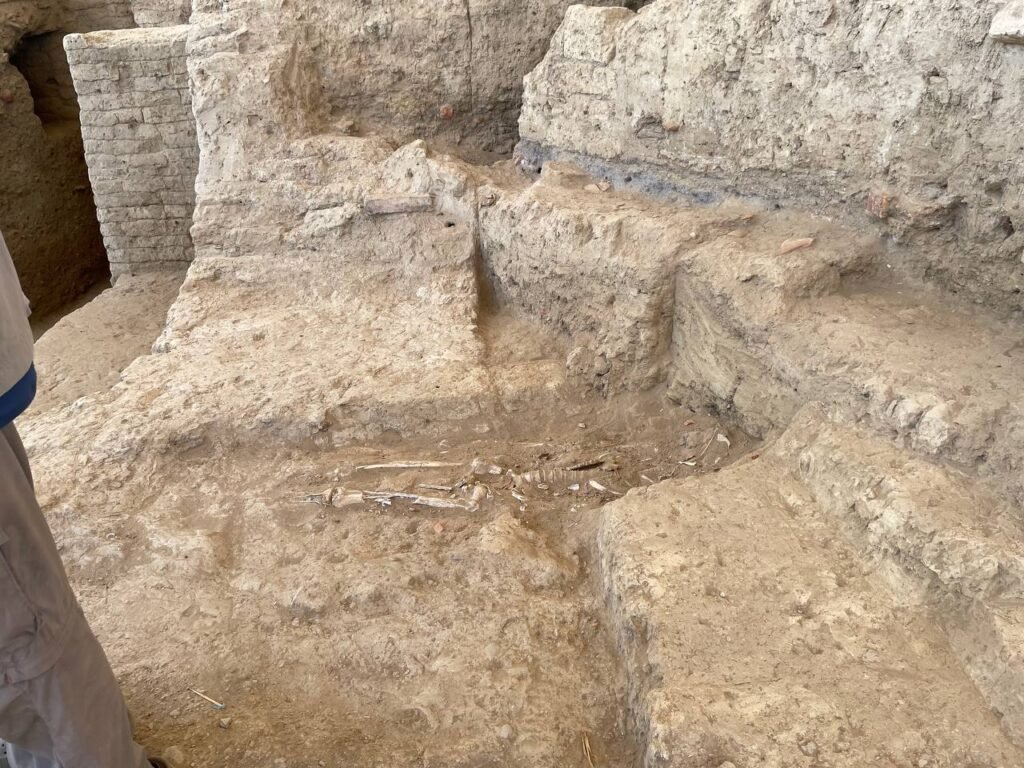
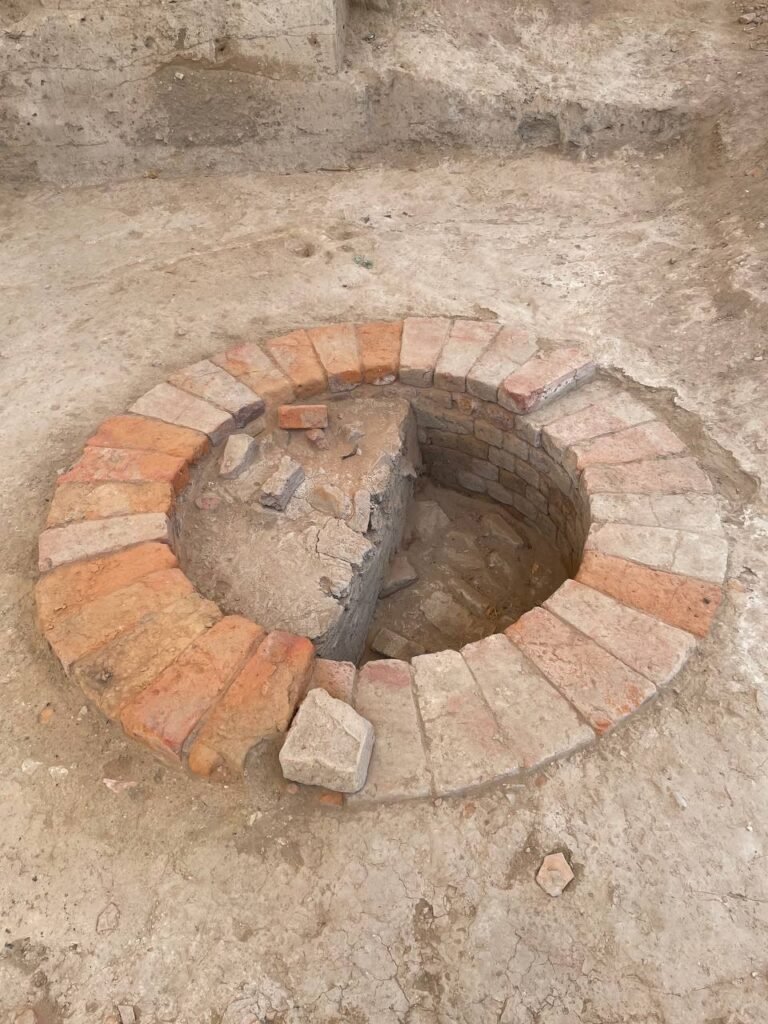
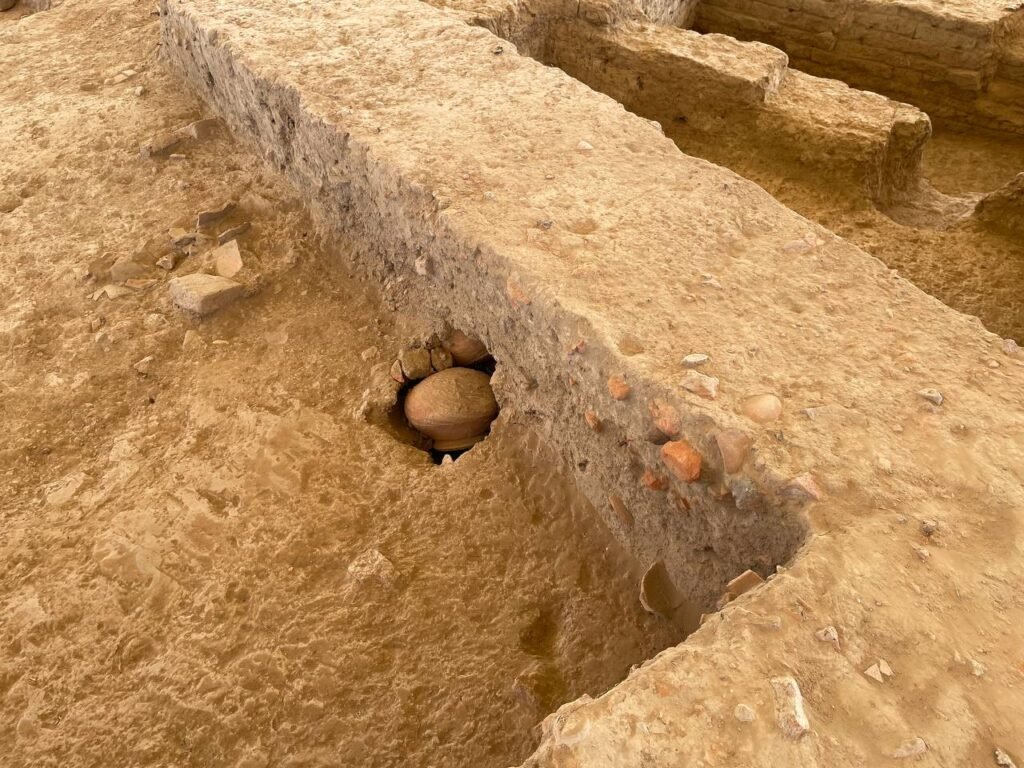


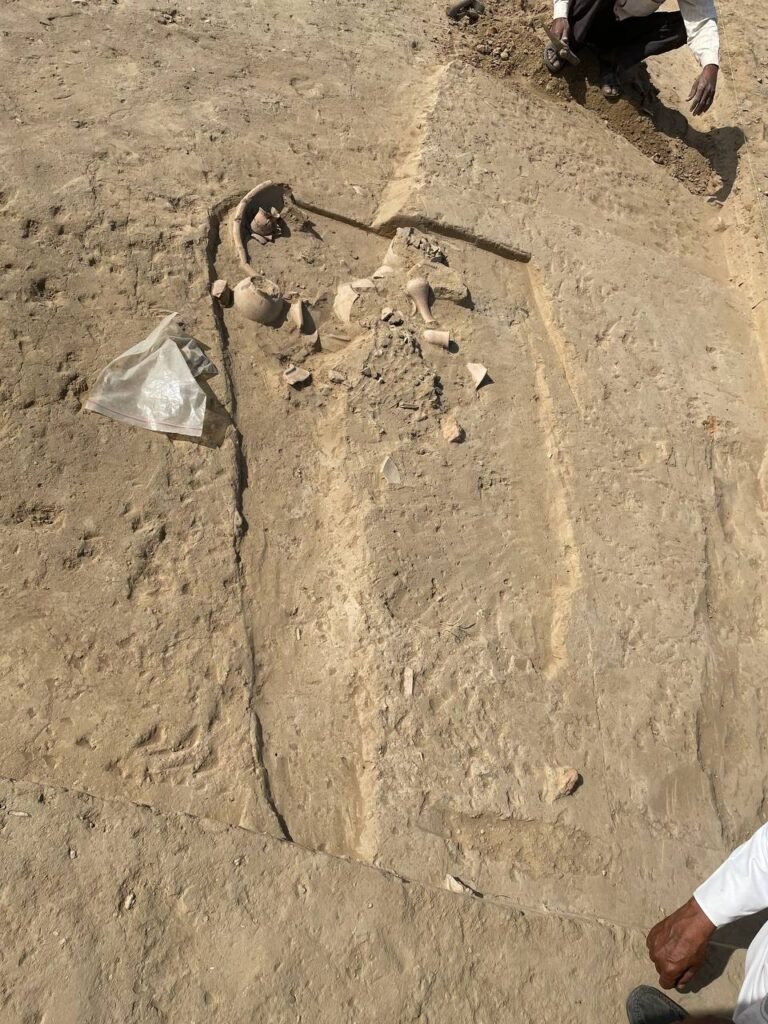
Returning home to Delhi and Gurgaon, we were filled with a renewed sense of purpose and appreciation for the timeless wisdom of the Harappan civilization. Our journey underscored the importance of learning from the past to inform sustainable practices in the present and future. The success of our trip lies not only in the wealth of knowledge gained but also in the seeds of inspiration planted for our ongoing research endeavours. As we continue our quest for sustainable city planning, we carry with us the invaluable lessons and insights gleaned from our unforgettable expedition to Rakhigarhi and beyond.
Some more photos of the field-trip below:
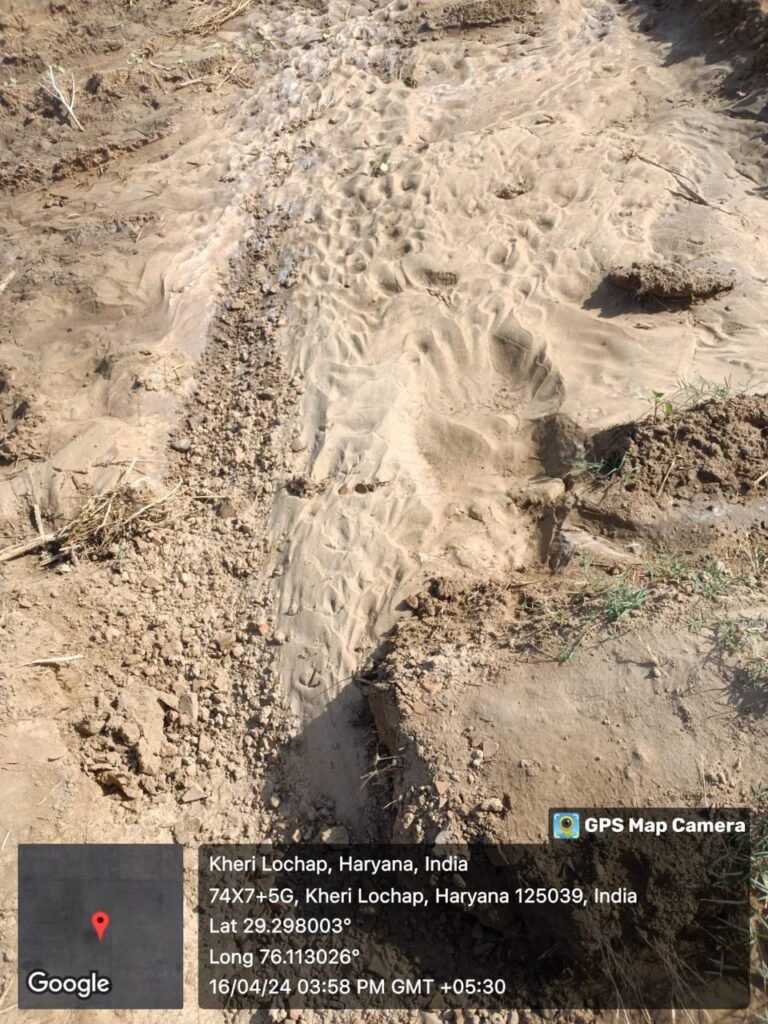
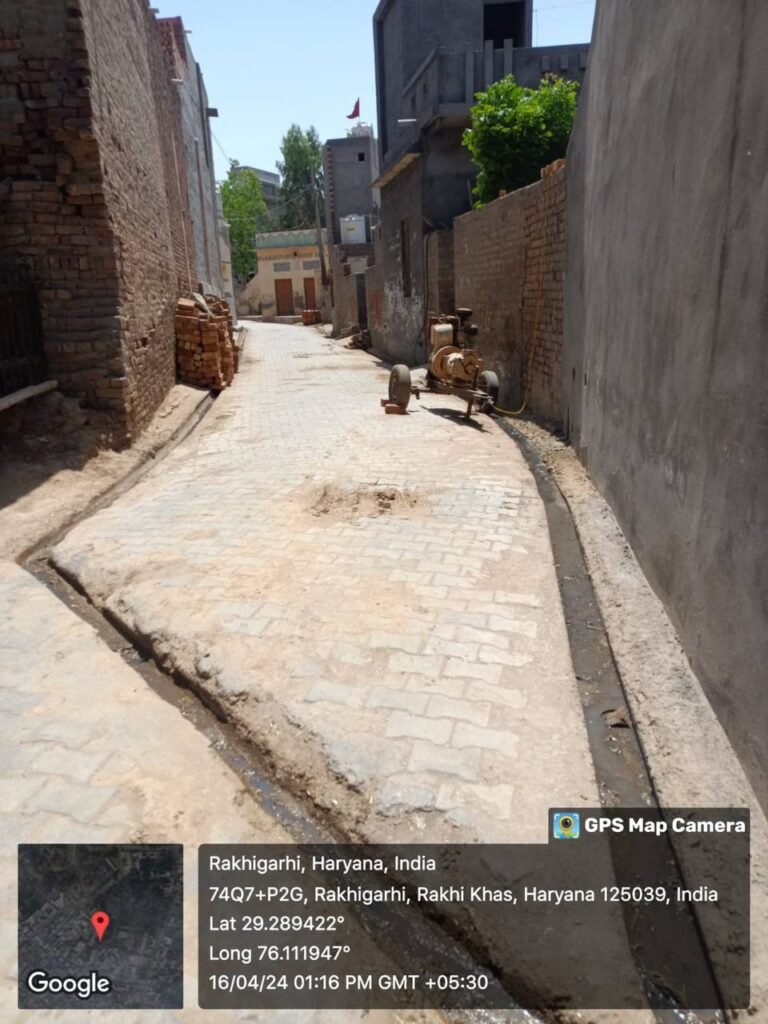 Village Roads near Mound 2-3
Village Roads near Mound 2-3